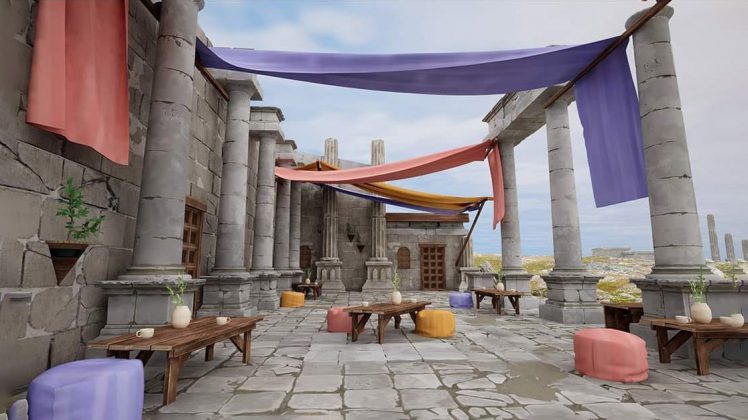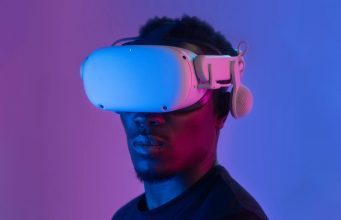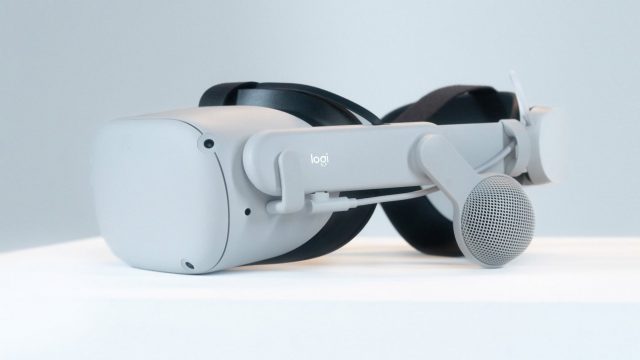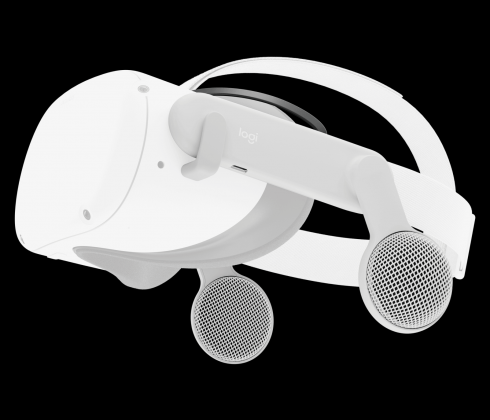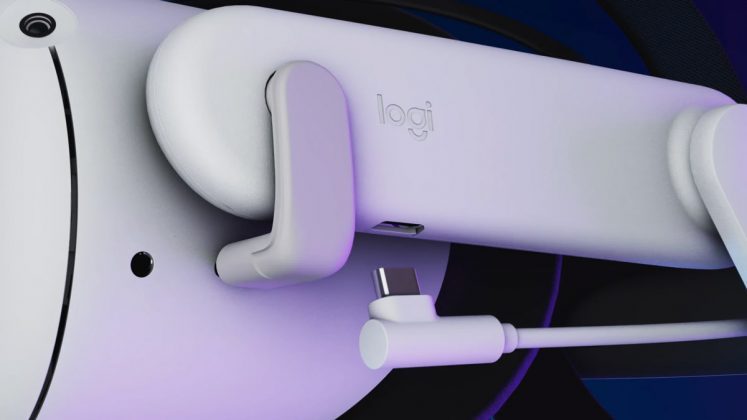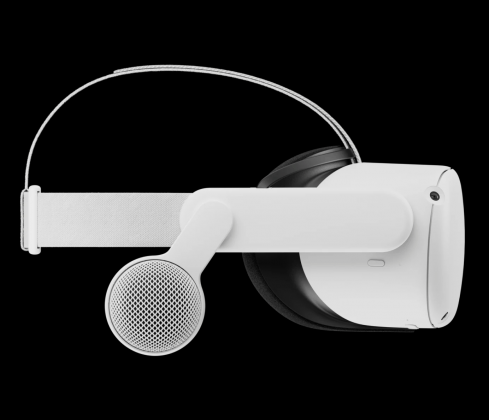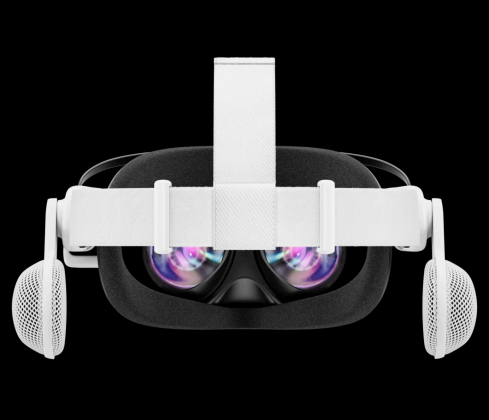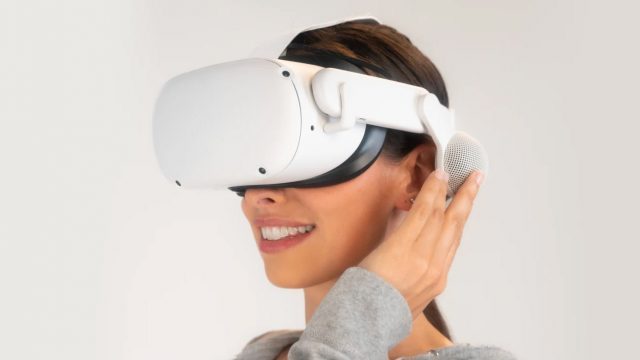
The Stalker-inspired survival game Into the Radius (2020) has seen its share of success on SteamVR headsets when it initially released in Early Access in late 2019. Now the studio says it’s bringing the open world game to Quest 2 starting next month.
Update (August 31st, 2022): CM Games has announced that Into the Radius is arriving on Quest 2 on September 8th. You can wishlist it over on the Meta Store here.
Since we last checked in with the game, the studio has also released a recap of its beta access period on Quest 2, saying it accepted nearly 5,000 playtesters that completed around 14,000 hours of combined playtime. Of the lot, only 82 lucky few made it the the end of the game—a testament to the breadth and difficulty of the survival shooter.
The original article announcing the Quest 2 version follows below:
Original Article (April 12th, 2022): Into the Radius is a single-player survival shooter that, much like the Soviet film Stalker (1979)—loosely based on the 1972 novel Roadside Picnic—you walk an irradiated wasteland and experience some mind-bending landscapes and entities.
In the Pechorsk Radius zone you need to use stealth, climbing and realistic firearms to explore, scavenge for loot and recover strange artifacts in an unforgiving dystopian environment. Developers CM Games says Into the Radius offers “20+ hours of gameplay.”
Now CM Games says it’s bringing the post-apocalyptic survival shooter to Meta Quest 2 in September 2022. In the meantime, the studio says it will be running closed beta tests, which you can sign up for here.
On SteamVR headsets, the game has done remarkably well, garnering a ‘Very Positive’ overall user rating from of over 3,000 players since it left Early Access back in 2020.
Notably, all of the footage in the new announce trailer was captured on Quest 2, which is a good sign since the game’s complex, physics-based gameplay and realistic gun-handling are big attractions.
from Road to VR https://ift.tt/lWVm7Cz
via IFTTT




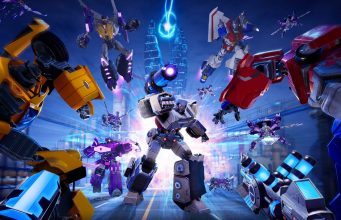
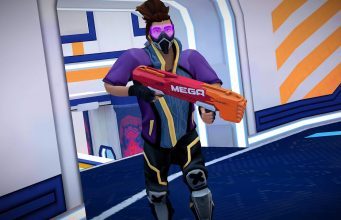


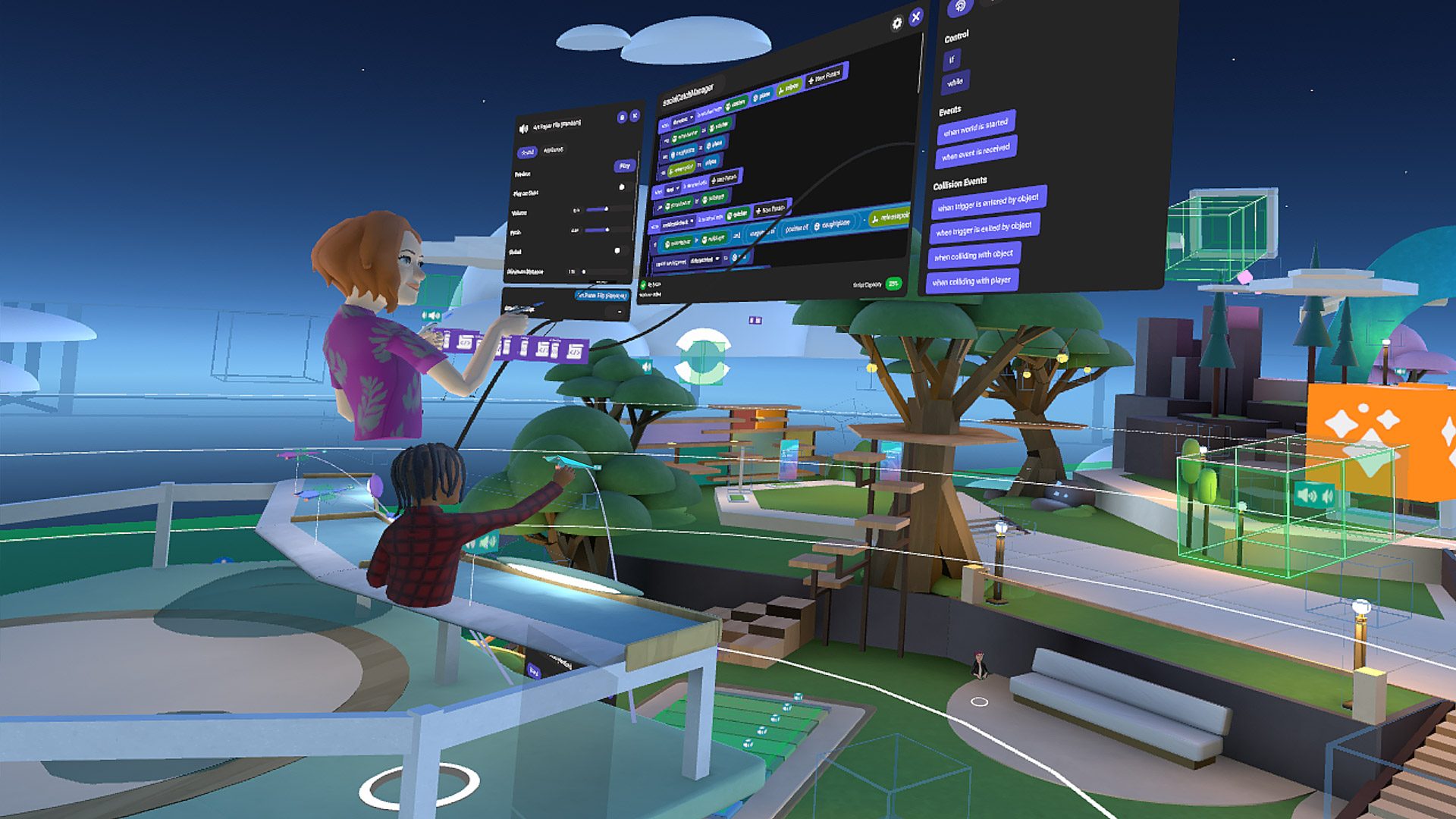



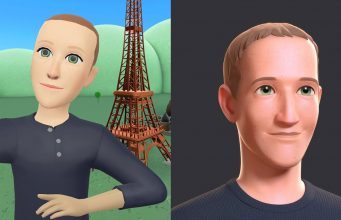
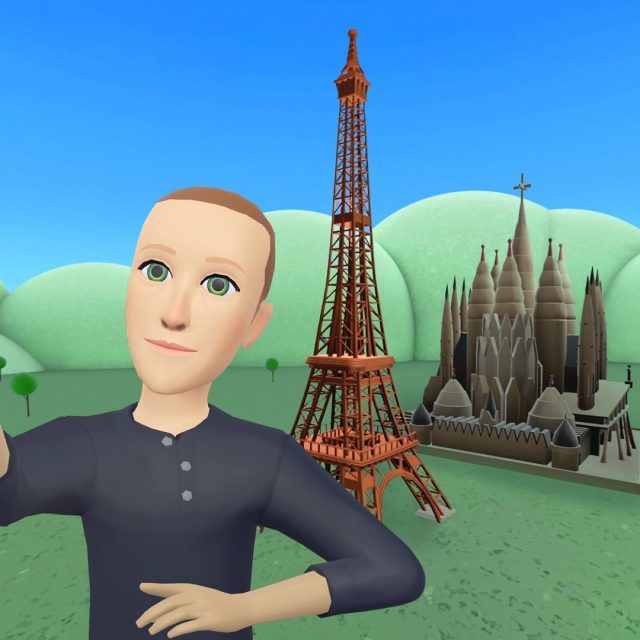


 We’re launching Horizon Worlds in France and Spain today! Looking forward to seeing people explore and build immersive worlds, and to bringing this to more countries soon.
We’re launching Horizon Worlds in France and Spain today! Looking forward to seeing people explore and build immersive worlds, and to bringing this to more countries soon.
